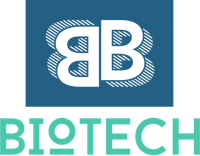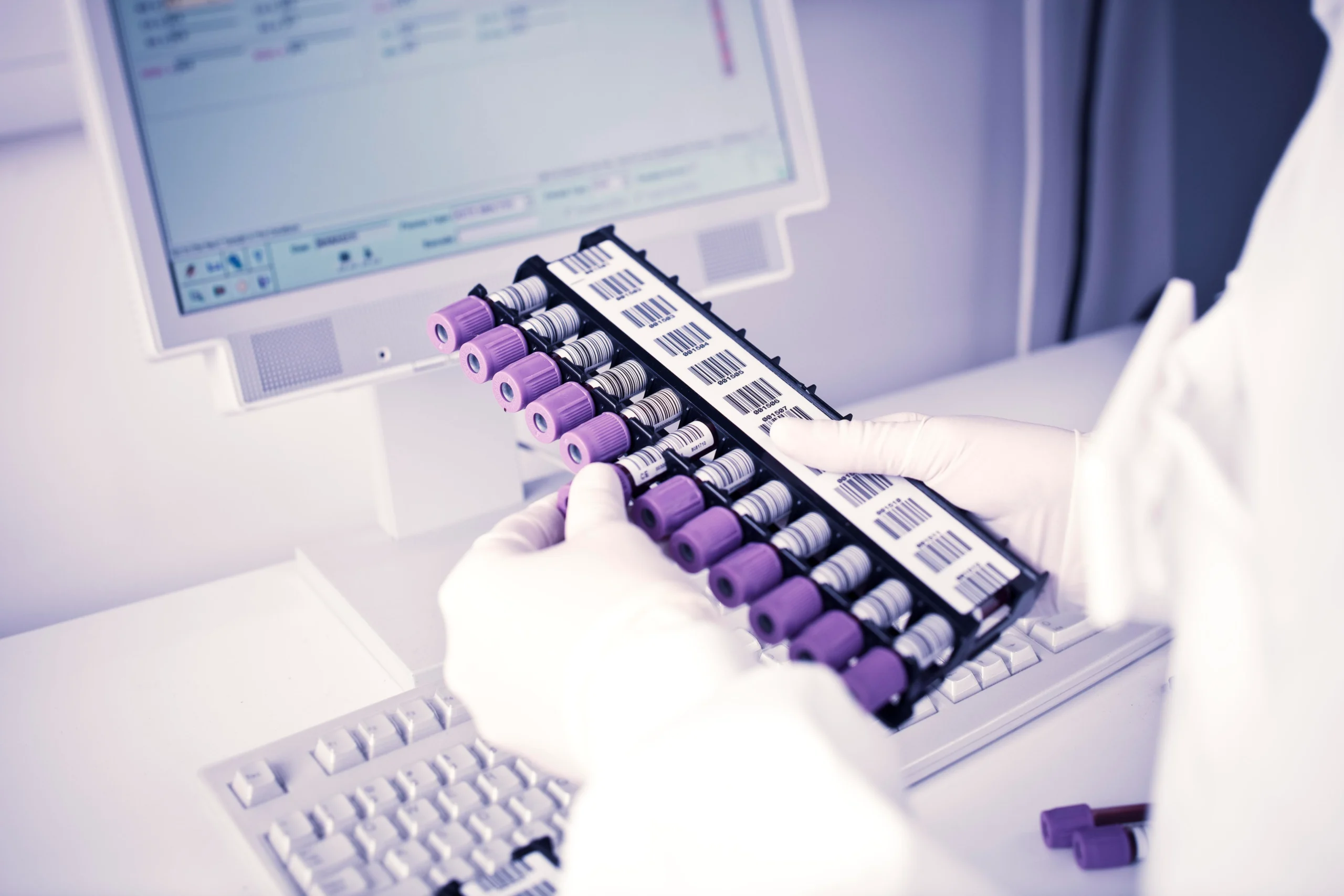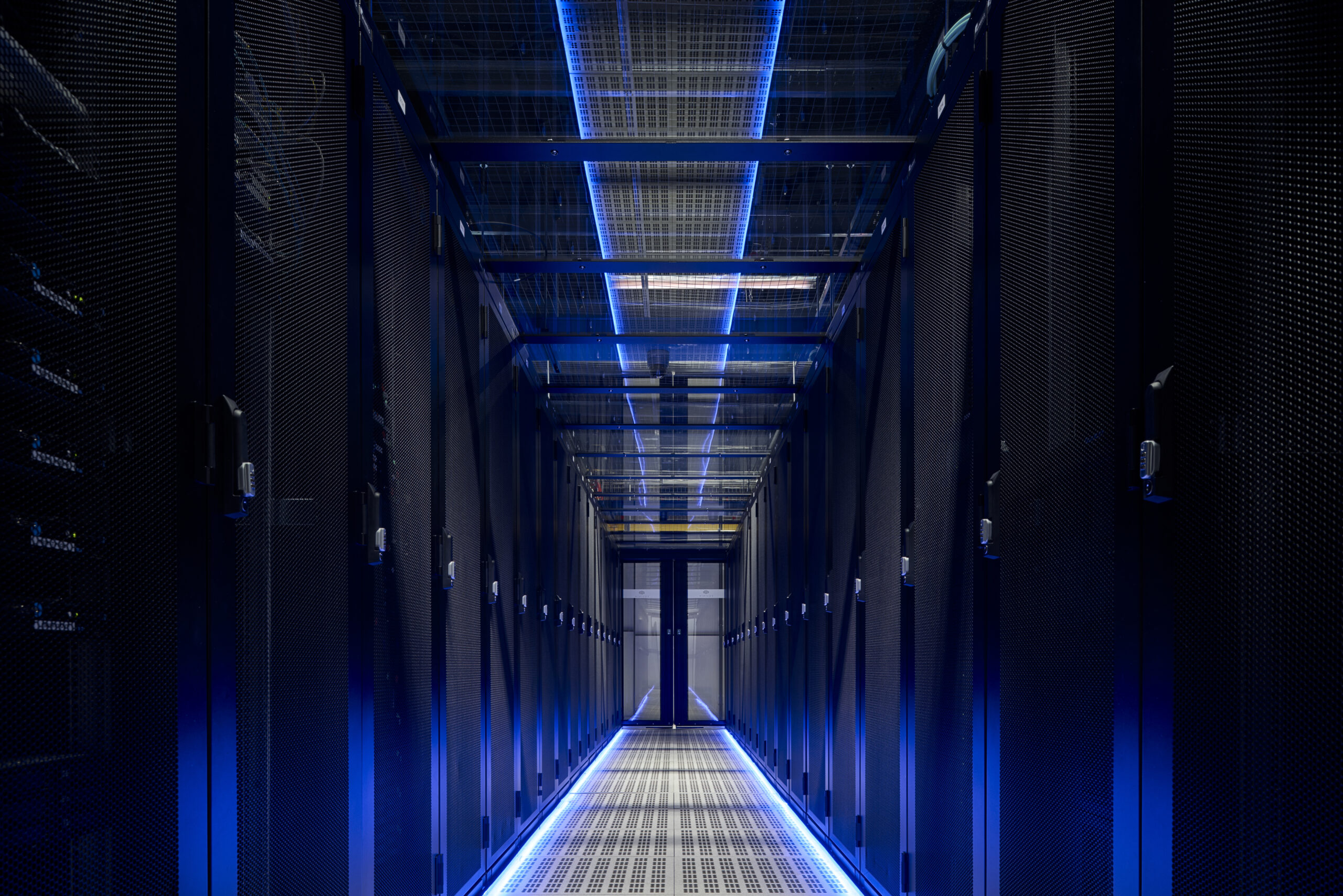In the vast and complex world of biology, proteins are the unsung heroes—working tirelessly to sustain life. But how do we truly understand these molecular powerhouses? The answer lies in a revolutionary technology: protein sequencing.
According to BIS Research, the global protein sequencing market is on a strong growth path, projected to rise from $1.75 billion in 2023 to $2.7 billion by 2033, at a compound annual growth rate (CAGR) of 4.36% during the forecast period.
Why Proteins Matter
Proteins aren’t just another group of molecules in the body—they’re essential to life itself. They play critical roles in metabolism, immune function, and cell communication. But a protein’s structure and function rely entirely on the exact sequence of amino acids that make it up. Unlocking that sequence is key to uncovering the secrets of biology—and that’s exactly what protein sequencing allows us to do.
How Protein Sequencing Works
Protein sequencing determines the precise order of amino acids in a protein. Two primary techniques dominate the field:
- Edman Degradation: This classic method sequentially removes and identifies amino acids from a protein chain. While it’s slower and limited to smaller proteins, it remains foundational in sequencing history.
- Mass Spectrometry: This modern technique offers rapid and highly accurate results, capable of analyzing complex protein mixtures. It works by fragmenting proteins into peptides and identifying them based on their mass-to-charge ratio.
Often, these methods are used together to produce comprehensive and reliable results.
Why Protein Sequencing Is a Game-Changer
Decoding the structure of a single protein can have far-reaching implications—from understanding the causes of diseases to developing precision-targeted therapies. In cancer research, for example, identifying mutated proteins enables the design of treatments that target cancer cells while sparing healthy tissue. In agriculture, protein sequencing is improving crop protection and livestock productivity.
The applications don’t stop there. Protein sequencing supports research into rare diseases, helps discover novel enzymes, and drives advancements in biotechnology. It offers researchers a molecular roadmap to explore uncharted biological terrain.
Key Advantages of Protein Sequencing Technology
- Unmatched Precision: Modern techniques can detect and identify proteins with exceptional accuracy, even in trace amounts.
- High Speed: Thanks to automation, sequencing is faster than ever, helping researchers meet tight timelines.
- Scalability: Whether analyzing a single protein or an entire proteome, the technology adapts to a wide range of needs across industries.
Recent Developments Driving the Field Forward
One of the most promising developments in protein sequencing is the collaboration between Avantor and Quantum-Si, as announced in Business Wire. Their partnership centers on distributing Quantum-Si’s Next-Generation Protein Sequencing (NGPS™) technology—a platform that delivers single-molecule sequencing with exceptional precision and speed. Avantor’s global reach ensures researchers everywhere can access these cutting-edge tools, driving progress in personalized medicine, drug discovery, and beyond.
Another breakthrough involves de novo antibody sequencing, which has gained momentum in immunology and vaccine research. A recent study uncovered novel antibodies following COVID-19 vaccination, highlighting how sequencing can identify critical immune responses. This development is key for creating more effective vaccines and treatments for infectious diseases.
Quantum-Si continues to earn recognition for its innovation, recently receiving the 2024 Technology Innovation Leadership Award from Frost & Sullivan, as noted in Business Wire. The company’s use of AI to enhance sequencing data analysis marks a major step forward in precision and efficiency.
Furthermore, Liberate Bio has incorporated Quantum-Si’s NGPS platform to accelerate gene therapy development. By offering real-time insights into protein structures, this technology is helping create more targeted and effective gene therapies—a testament to its versatility across medical fields.
The Road Ahead
The future of protein sequencing is incredibly promising. Artificial intelligence and machine learning are expected to dramatically streamline data interpretation, enabling quicker and more accurate identification of complex protein structures. Additionally, the miniaturization of equipment could lower costs and make the technology more accessible to smaller labs and diagnostic centers.
The integration of protein sequencing with other omics disciplines—like genomics and metabolomics—is leading to a more comprehensive view of biological systems. This convergence has the potential to transform drug discovery, synthetic biology, and disease modeling.
Why It Matters
Protein sequencing isn’t just a tool for scientists—it’s a gateway to better healthcare, smarter agriculture, and deeper insight into the building blocks of life. As this technology continues to evolve, it will play a crucial role in shaping the next generation of biological and medical breakthroughs.





